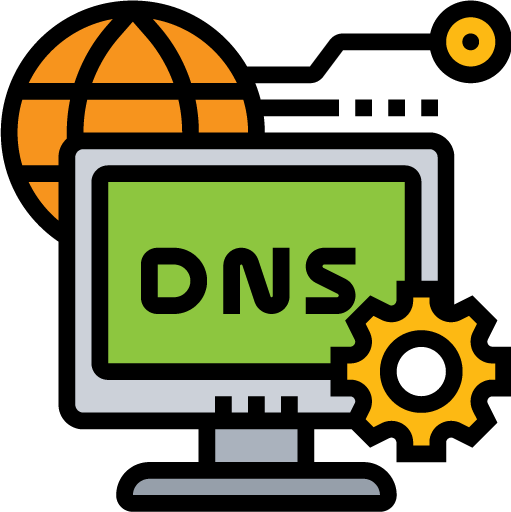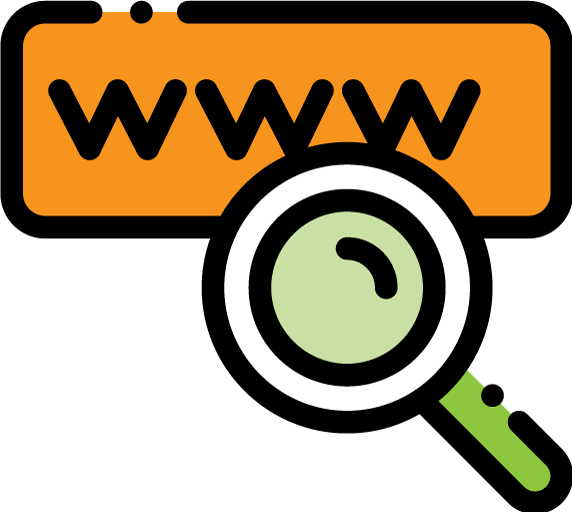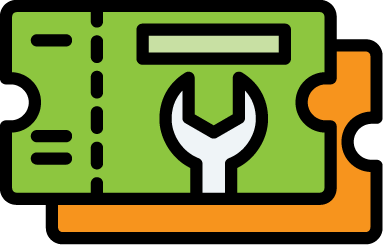Transfer a Domain
Move your domain over to Australia’s most trusted domain provider, with a minimum of fuss.

.com.au
$24.50
per year
.au
$24.50
per year
.com
$25.90
per year
.website
$49.50
per year
.net.au
$24.50
per year
Add Domain Privacy
Protect your identity against spammers.
DNS
DNS Management Services
Auto Renewal
Ensure your domain is renewed every year!
Need Web Hosting Too?

What is a domain name?
Just like a house has a street address, a website has a domain name. It’s made up of two parts: the part to the left of the dot (like “example” in example.com) and the part to the right of the dot (like “.com”).
When you type a domain name into a web browser, it sends a request to a special computer called a server that knows where the website is stored. The server then sends the website’s information back to your browser, and you can see and interact with the website.
So, in simple terms, a domain name is like the address of a website that people can use to find and visit it on the Internet.

Do I need a domain name?
Website: If you plan to create a website for personal or business purposes, having a domain name is highly recommended. A domain name gives your website a unique identity and makes it easier for people to find and remember.
Professional Email: If you want to have a professional email address (e.g., yourname@yourdomain.com), having a domain name is essential. It adds credibility to your email communication and aligns with your brand or personal identity.
Online Presence: If you want to establish an online presence, a domain name can help you build a brand and create a memorable web address for your website, blog, portfolio, or online store.
Branding: If you have a business or plan to start one, having a domain name that matches your brand name can be crucial for brand recognition, visibility, and marketing purposes.

What type of domain do I need?
A domain TLD (Top-Level Domain) is the last segment of a domain name that follows the final dot. It represents the highest level in the hierarchical domain name system. TLDs are commonly used to categorize and indicate the purpose or nature of a website or organization associated with the domain.
Some examples of popular generic TLDs include:
.com.au
.au
.com
.net.au
Furthermore, there are newer TLDs introduced in recent years known as generic TLDs or gTLDs. These include TLDs like .app, .blog, .shop, and many others, which offer more specific options for website owners to choose from.
TLDs play a role in website branding, indicating the nature of the website, and influencing user perceptions and expectations. However, it’s important to note that the availability and regulations associated with TLDs can vary, and some TLDs may have specific eligibility requirements or restrictions




